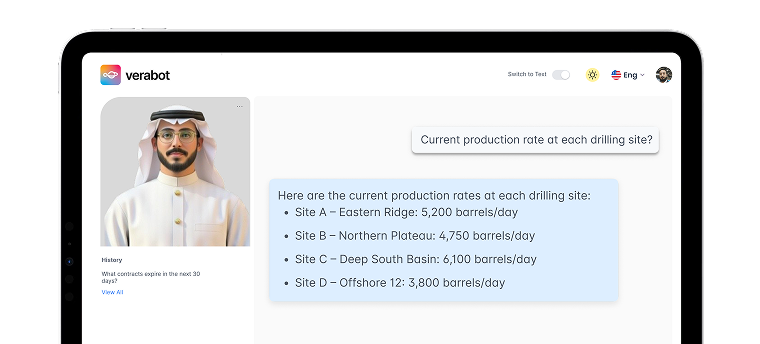Disjointed Data Sources Impairing Efficiency
Industry:
Technology Stack:
- Microsoft SQL Server
- SSIS
Solutions:
- Digital Apps
Functional Capabilities:
Company Size:
Country:
Learn More:
The Challenge Before Us
To address the critical issue of disjointed data sources, our team implemented a robust solution using Microsoft SQL Server and Microsoft SSIS. This technology stack was chosen for its proven reliability and advanced capabilities in data management and integration.

Integrating Data Sources for Enhanced Efficiency
To address the critical issue of disjointed data sources, our team implemented a robust solution using Microsoft SQL Server and Microsoft SSIS. This technology stack was chosen for its proven reliability and advanced capabilities in data management and integration.
- Microsoft SQL Server served as the backbone for consolidating disparate data sources into a unified, accessible database. Its powerful data handling features ensured that all information was centralized, organized, and secure. By integrating various datasets into a single platform, we eliminated data silos, enabling seamless access and retrieval across the organization.
- Microsoft SSIS (SQL Server Integration Services) was instrumental in streamlining the data integration process. Custom ETL (Extract, Transform, Load) workflows were developed to automate data flow between systems. These workflows not only facilitated the efficient movement of data but also ensured its accuracy and consistency. With SSIS, we could handle complex data transformations, making it easier to integrate diverse data types and formats.
Results
The implementation resulted in a marked improvement in workflow management. Employees now had access to comprehensive and accurate data, eliminating the inefficiencies caused by fragmented data sources. The enhanced data integration led to better coordination among departments, fostering a more collaborative and productive work environment.
Moreover, the user experience was significantly enhanced. With a streamlined data infrastructure, users could quickly retrieve the information they needed, leading to faster and more informed decision-making. This improvement was reflected in increased customer satisfaction and operational efficiency.
Overall, the integration of Microsoft SQL Server and SSIS transformed the organization’s data landscape. By consolidating data sources and automating workflows, we provided a scalable solution that not only addressed immediate challenges but also positioned the enterprise for sustained growth and innovation.
Industry:
Technology Stack:
- Microsoft SQL Server
- SSIS
Solutions:
- Digital Apps
Company Size:
Country:
Organizational Challenge
To address the critical issue of disjointed data sources, our team implemented a robust solution using Microsoft SQL Server and Microsoft SSIS. This technology stack was chosen for its proven reliability and advanced capabilities in data management and integration.

Integrating Data Sources for Enhanced Efficiency
To address the critical issue of disjointed data sources, our team implemented a robust solution using Microsoft SQL Server and Microsoft SSIS. This technology stack was chosen for its proven reliability and advanced capabilities in data management and integration.
- Microsoft SQL Server served as the backbone for consolidating disparate data sources into a unified, accessible database. Its powerful data handling features ensured that all information was centralized, organized, and secure. By integrating various datasets into a single platform, we eliminated data silos, enabling seamless access and retrieval across the organization.
- Microsoft SSIS (SQL Server Integration Services) was instrumental in streamlining the data integration process. Custom ETL (Extract, Transform, Load) workflows were developed to automate data flow between systems. These workflows not only facilitated the efficient movement of data but also ensured its accuracy and consistency. With SSIS, we could handle complex data transformations, making it easier to integrate diverse data types and formats.
Results
The implementation resulted in a marked improvement in workflow management. Employees now had access to comprehensive and accurate data, eliminating the inefficiencies caused by fragmented data sources. The enhanced data integration led to better coordination among departments, fostering a more collaborative and productive work environment.
Moreover, the user experience was significantly enhanced. With a streamlined data infrastructure, users could quickly retrieve the information they needed, leading to faster and more informed decision-making. This improvement was reflected in increased customer satisfaction and operational efficiency.
Overall, the integration of Microsoft SQL Server and SSIS transformed the organization’s data landscape. By consolidating data sources and automating workflows, we provided a scalable solution that not only addressed immediate challenges but also positioned the enterprise for sustained growth and innovation.





